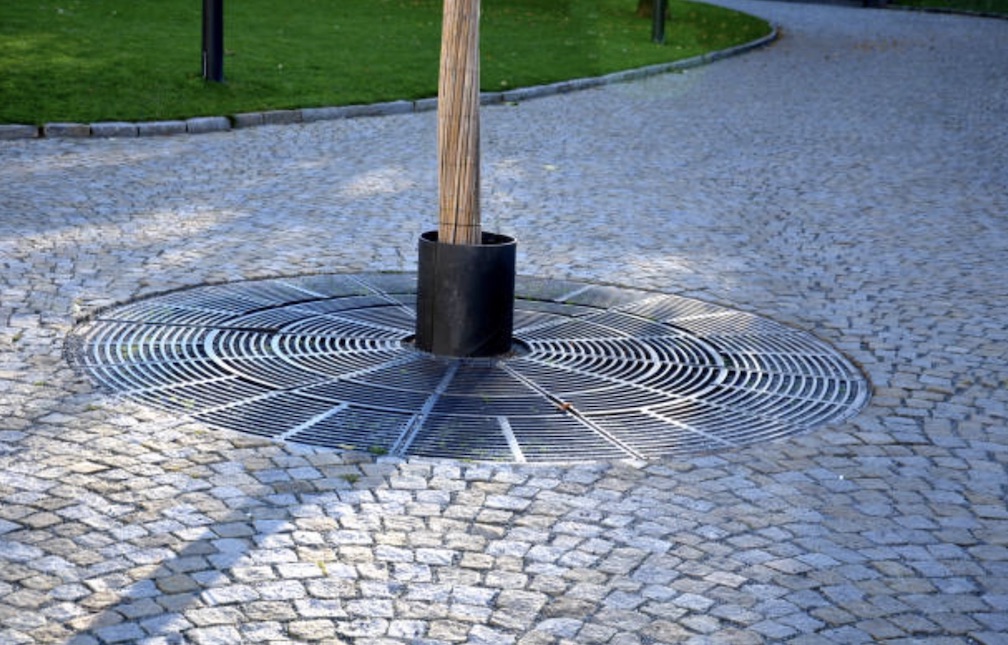Solve Your Drainage Problems with ACO Strip Drains
- Written by Business Daily Media

In the realm of drainage systems and landscaping, strip drains are unsung heroes. These unobtrusive linear drains play a pivotal role in managing surface water and preventing water-related issues in various environments. In this comprehensive guide, we will delve deep into the world of strip drains, exploring their functionality, design options, installation methods, and the many ways they contribute to both form and function in residential, commercial, and industrial settings.
Understanding Strip Drains
The Basics: A strip drain, also known as a linear drain or channel drain, is a specialized drainage system designed to collect and redirect surface water efficiently. Unlike traditional point drains, which consist of single, circular grates, strip drains are elongated, linear channels with a continuous opening for water ingress. For more information, contact ACO Drain for strip drains.
Materials: Strip drains are typically constructed from a range of materials, including stainless steel, plastic, fiberglass, and concrete. The choice of material depends on factors such as durability, aesthetics, and intended use.
Applications: Strip drains find applications in various settings, including residential driveways, patios, pool decks, pedestrian walkways, parking lots, roadways, industrial facilities, and sports complexes. They are versatile and can adapt to different surface types and drainage needs.
Functionality of Strip Drains
Surface Water Collection: The primary function of a strip drain is to collect and manage surface water effectively. They capture rainwater, runoff, and other forms of surface moisture, preventing puddles, erosion, and potential flooding.
Preventing Water Damage: By diverting water away from critical areas such as building foundations and basement entrances, strip drains play a vital role in preventing water damage and mold growth in homes and commercial structures.
Enhancing Safety: In pedestrian areas, strip drains enhance safety by reducing slip and fall hazards caused by standing water. They also prevent hydroplaning on roadways, enhancing road safety during heavy rains.
Aesthetic Appeal: Strip drains can be seamlessly integrated into the landscape or hardscape design, contributing to the overall aesthetics of the environment. They come in various designs and finishes to complement the surrounding elements.
Design Options
Grate Styles: The top surface of a strip drain, often referred to as the grate, comes in different styles, including slotted, perforated, or solid patterns. These grates can be chosen to balance functionality with aesthetic preferences.
Material and Finish: Strip drains can be constructed from various materials, each with its unique appearance and durability. Stainless steel offers a sleek and modern look, while concrete provides a more industrial appearance.
Length and Width: The dimensions of strip drains can vary to accommodate specific drainage requirements. Longer and wider drains can handle larger volumes of water, making them suitable for commercial and industrial applications.
Installation Methods
Surface Mount: Surface mount installation involves placing the strip drain on the surface of the ground or hardscape. This method is relatively simple and cost-effective and is often used for residential applications.
Flush Mount: In flush mount installations, the strip drain is set into the ground or hardscape so that the top of the grate is level with the surface. This provides a seamless and unobtrusive appearance, making it ideal for pedestrian areas.
Trench Drain: Trench drains are a type of strip drain that is installed within a trench. They are commonly used in commercial and industrial settings, such as parking lots and manufacturing facilities, to handle high volumes of water.
Maintenance and Cleaning
Proper maintenance of strip drains is essential to ensure they function optimally and have a long lifespan. Here are some key maintenance considerations:
Regular Cleaning: Strip drains should be cleaned periodically to remove debris, leaves, and sediment that can accumulate in the channel. This ensures unobstructed water flow.
Inspect Grates: Check the condition of the grates for any signs of damage or corrosion. Damaged grates should be replaced promptly to maintain the drain's integrity.
Clear Blockages: If a blockage occurs, use a drain snake or high-pressure water jet to clear it. Regular inspection and cleaning can help prevent blockages from forming.
Professional Maintenance: For larger or more complex drainage systems, consider hiring professionals for routine maintenance and inspections.
Conclusion
Strip drains are essential components in the world of drainage systems and landscaping. Their ability to manage surface water efficiently, prevent water damage, and enhance safety and aesthetics makes them indispensable in various settings, from residential properties to commercial and industrial facilities. Understanding the functionality, design options, installation methods, and maintenance requirements of strip drains is key to harnessing their full potential and ensuring they continue to serve their essential role in managing surface water effectively.







